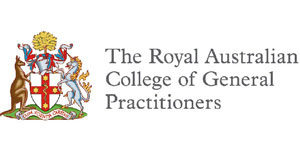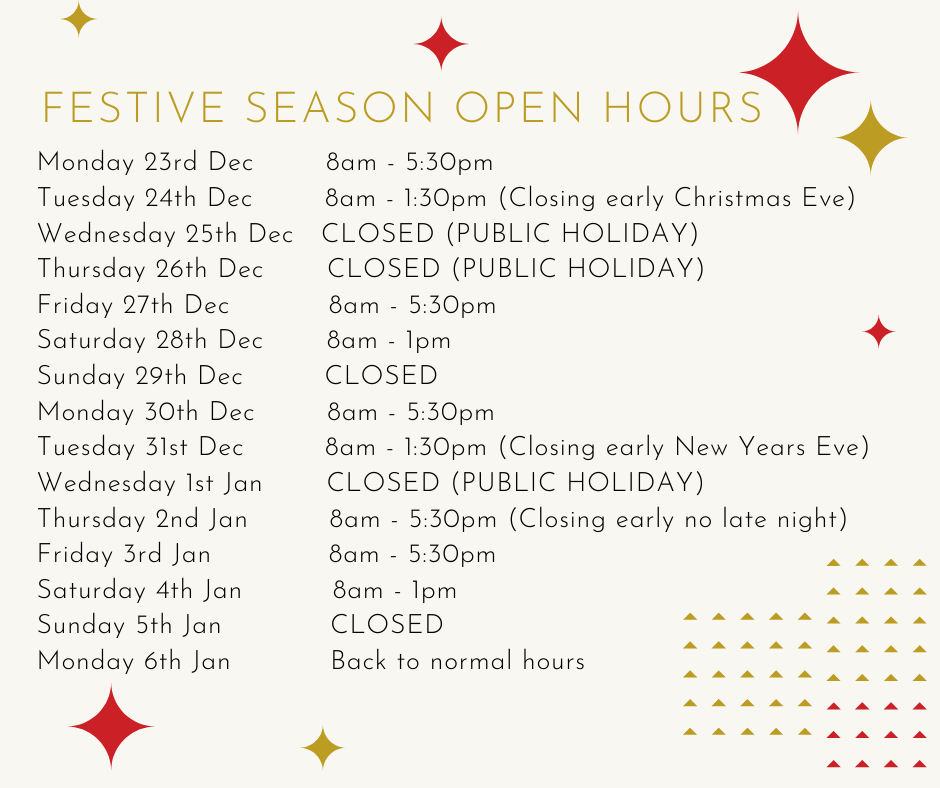Heart, Cholesterol & Diabetes

Heart Health Check
Having you blood pressure and cholesterol levels checked should become part of your routine checkup as it is ultimately important in regards to heart health. Heart disease often present with no symptoms. So, whether or not you think anything is wrong with you, it is extremely important you discuss your risk factors with your doctor! It is essential that you provide your doctor with as much information about your lifestyle and family history as possible. If you’re not sure what questions to ask, download the Heart Foundation's list of questions below for an idea of where to start.
Cholesterol Check
High blood cholesterol is a major risk factor in heart disease and stroke. It plays a huge role in heart health as should be monitored regularly
(See risk groups below) to ensure you stay on top of your heart health.
How is cholesterol tested?
A small sample of blood will be collected on site by Clinpath Pathology for a cholesterol screening. This aims to measure your level of high-density lipoprotein (HDL), low-density lipoprotein (LDL) and triglycerides. These results will give a reading suggesting your cholesterol level and potential risk group. Diet, exercise and lifestyle changes are still not enough for some people due to genetic factors and inheritance of an altered gene. If you are at risk of heart disease or stroke and your cholesterol level doesn't drop within a safe range after dedicated focus on diet, exercise and lifestyle, your doctor may recommend medications to force your cholesterol score down.
How often should you be tested?
According to the Royal Australian College of General Practitioners: Low risk: Every 5 years after the age of 45 (Aboriginal and Torres Strait Islander adults after 35 years of age) Medium risk: Every 2 years High Risk: Every 12 months
(See risk groups below) to ensure you stay on top of your heart health.
How is cholesterol tested?
A small sample of blood will be collected on site by Clinpath Pathology for a cholesterol screening. This aims to measure your level of high-density lipoprotein (HDL), low-density lipoprotein (LDL) and triglycerides. These results will give a reading suggesting your cholesterol level and potential risk group. Diet, exercise and lifestyle changes are still not enough for some people due to genetic factors and inheritance of an altered gene. If you are at risk of heart disease or stroke and your cholesterol level doesn't drop within a safe range after dedicated focus on diet, exercise and lifestyle, your doctor may recommend medications to force your cholesterol score down.
How often should you be tested?
According to the Royal Australian College of General Practitioners: Low risk: Every 5 years after the age of 45 (Aboriginal and Torres Strait Islander adults after 35 years of age) Medium risk: Every 2 years High Risk: Every 12 months
Diabetes Check
Diabetes is a condition or group of conditions where by levels of glucose in the blood.
Glucose is the primary source of the bodies energy and is broken down in the body from carbohydrate foods such as bread, pasta, rice, cereals, fruits, milk and yoghurt. Insulin, a chemical produced naturally by the pancreas in the body, is needs for this glucose to move out of the blood stream and into the body's cells where it is needed for everyday function.
If there is a problem with the production or function of this insulin, the glucose cannot move into the cells and builds in the blood stream leading to very high levels, this is what causes diabetes to occur.
3 main types of diabetes are:
Type 1 diabetes - An autoimmune disease whereby the pancreas does not produce insulin
Type 2 diabetes - Strong genetic predisposition, insulin is produced well but does not function correctly
Gestational diabetes - Diabetes during pregnancy due to insulin resistance brought about by hormones from the placenta, usually temporary.
Glucose is the primary source of the bodies energy and is broken down in the body from carbohydrate foods such as bread, pasta, rice, cereals, fruits, milk and yoghurt. Insulin, a chemical produced naturally by the pancreas in the body, is needs for this glucose to move out of the blood stream and into the body's cells where it is needed for everyday function.
If there is a problem with the production or function of this insulin, the glucose cannot move into the cells and builds in the blood stream leading to very high levels, this is what causes diabetes to occur.
3 main types of diabetes are:
Type 1 diabetes - An autoimmune disease whereby the pancreas does not produce insulin
Type 2 diabetes - Strong genetic predisposition, insulin is produced well but does not function correctly
Gestational diabetes - Diabetes during pregnancy due to insulin resistance brought about by hormones from the placenta, usually temporary.
Type 2 Diabetes
The symptoms are often sudden and if untreated are life threatening.
They can include –
Type 1 Diabetes
In type 2 diabetes, many people have no symptoms at all.
Common symptoms can include –
If you are experiencing any of these symptoms or have a history of diabetes, it is important to talk to you doctor.
Information and statistics provided by Heart Foundation, Diabetes SA & The Royal Australian College of General Practitioners

